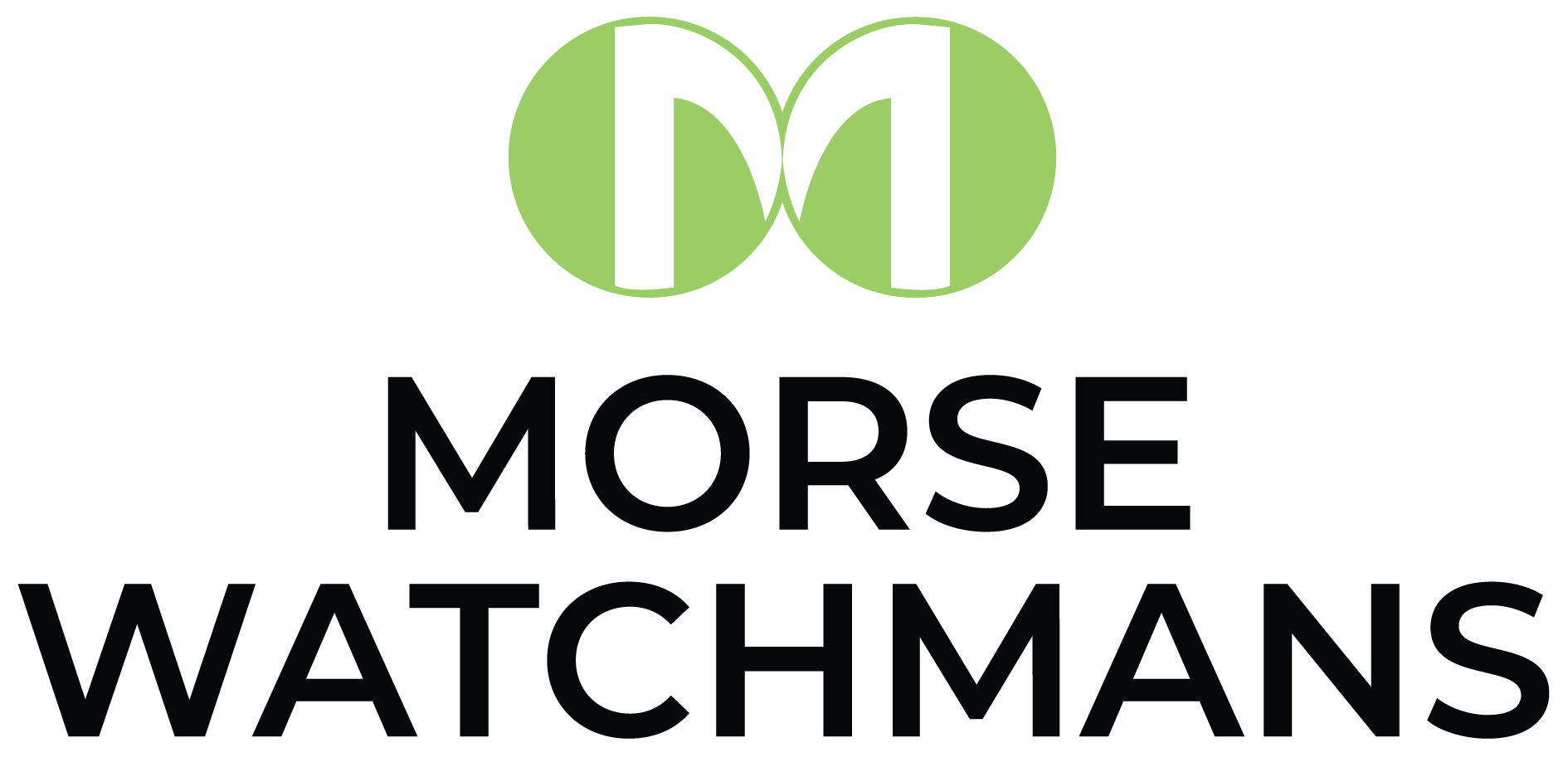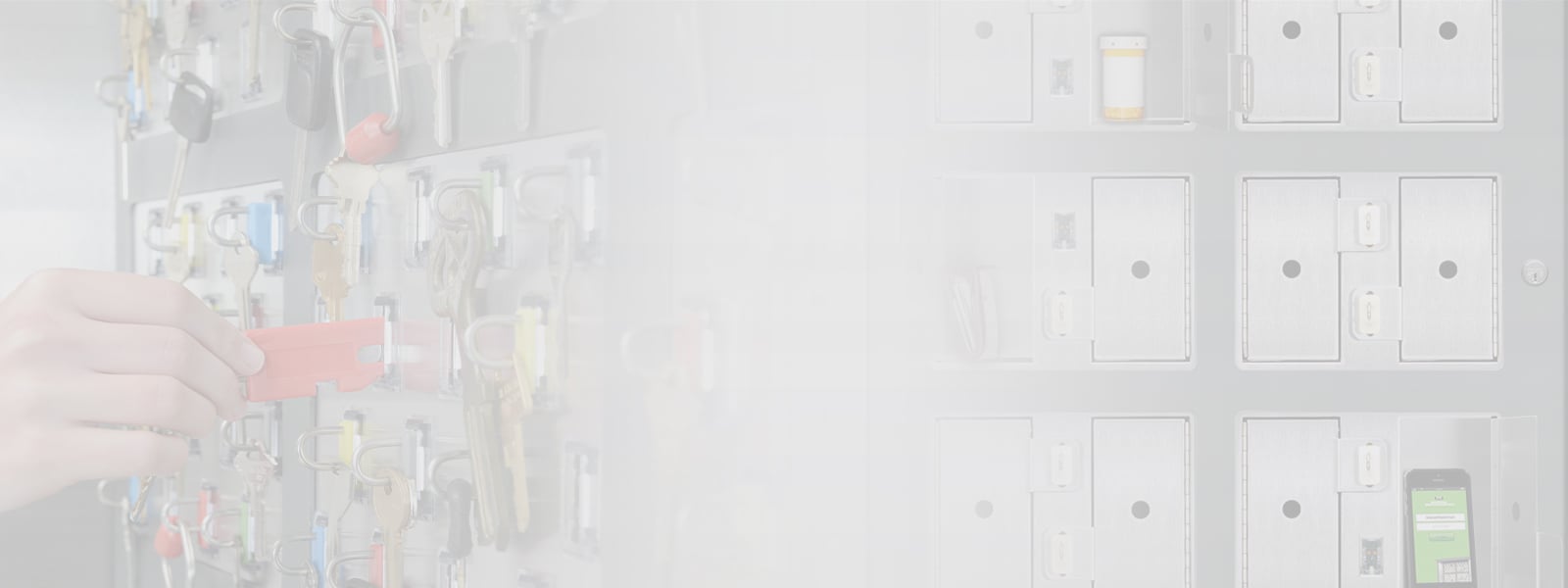Whether it’s a municipal, state or federal correctional facility, providing a secure and safe environment for inmates, staff and the public is a top priority for prison security system administrators. And establishing and following proven operational procedures, including key management, is a critical step to help ensure the security of prison control systems..
Regardless of the size or type (i.e. detention center, prison, etc.) of institution, certain daily procedures such as inmate counting and movement remain as manual tasks. For others, such as key control and asset management, administrators have been able to take advantage of technology and upgrade from manual log systems to more secure and accountable electronic key cabinet and locker systems.
Key management solutions offer key control and accountability by providing electronic storage and tracking of keys. Guards and other authorized users have access to specific keys only as approved by the prison key control system administrator. For example, day shift personnel are not able to access keys outside of their regularly scheduled working hours and they do not have access to keys to which they are not authorized such as the pharmacy or medical areas. Keys must always be returned to the cabinet; they can never be exchanged between personnel, because the prison key control system will notate that a key was not returned or that it was returned by another user.
New technology has also allowed multiple keys to be stored on a single key ring. Tamper-proof locking mechanisms and unique identification systems offer the flexibility to add or remove keys without destroying the key ring. The key rings can also be conveniently stored in key control and management systems for access by authorized users with their assigned pass codes.
Storage locker cabinets operate under the same premise as the key storage systems. Available in various sizes and configurations, they are becoming more common in correctional institutions as a method of securing, controlling and tracking valuable items such as weapons, notebook-type computers, cell phones, etc.
Safe and secure key control and asset control are fundamental practices in any correctional facility, and now technology is helping to achieve that goal.
Which key control system is best for your correctional facility? Contact one of our experts for more information!



